I tried GGally package a little bit. Especially the ggpairs function. However, I cannot figure out how to use loess instead of lm when plot smooth. Any ideas? Here is my code:
require(GGally)
diamonds.samp <- diamonds[sample(1:dim(diamonds)[1],200),]
ggpairs(diamonds.samp[,c(1,5)],
lower = list(continuous = "smooth"),
params = c(method = "loess"),
axisLabels = "show")
Thanks!
P.S. compare with the plotmatrix function, ggpairs is much much slower... As a result, most of the time, I just use plotmatrix from ggplot2.
